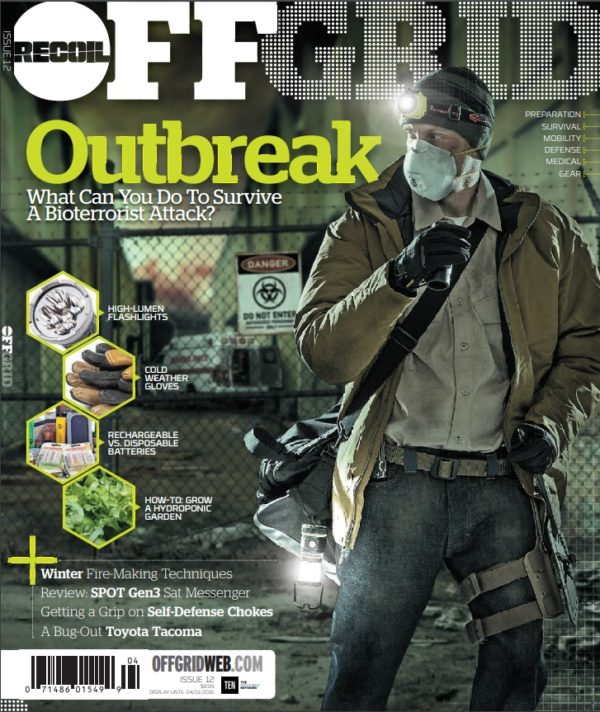Offgrid Preparation Sticky Situations: Choose the Right Adhesive
Gluing two objects together is almost never as easy as it seems. If you use a thin glue on a porous surface, it'll be absorbed before it can stick, and if you use a thick glue on a smooth surface, you'll be left with uneven bumps and wrinkles as the glue dries. For home-improvement projects, this can be frustrating, but if you're in a survival situation, you'll want to know how to choose the right adhesive to properly repair broken gear.
Now, some of you may be thinking that glue isn't vital in a survival setting. However, we'd argue that it's a very important resource, even if your bug-out bag already contains cordage, duct tape, and zip-ties. A quick dab of the right adhesive can re-attach a broken firearm sight, repair a damaged water bottle, close a wound, or even seal a crack in a vehicle's engine block (yes, really).
We always include a small bottle of super glue (aka Cyanoacrylate) in our bug out bag, but it's still not ideal for every scenario. Fortunately, this excellent infographic from Makezine provides a visual reference for which glue works best for various materials:

For an interactive glue application guide, check out ThistoThat.com.
So, now you know how to choose the right adhesive if you need to re-attach a wooden handle on your knife, or if you're going to patch a hole in your backpack. Obviously, you won't want all of these adhesives in your bag at once, but it's good knowledge to keep in mind before you head to the hardware store.
 STAY SAFE: Download a Free copy of the OFFGRID Outbreak Issue
STAY SAFE: Download a Free copy of the OFFGRID Outbreak Issue
No Comments